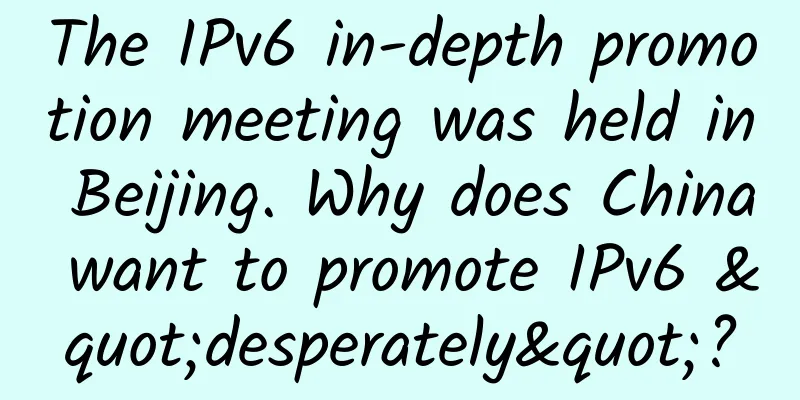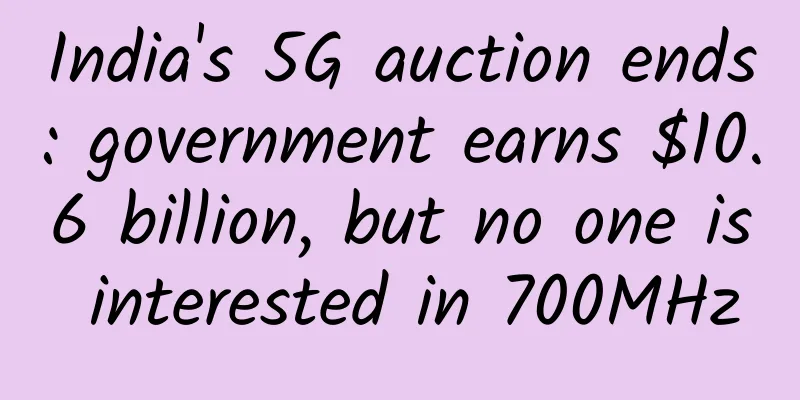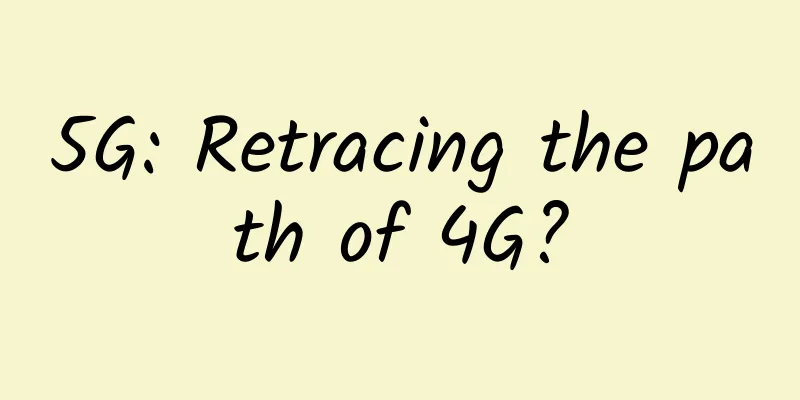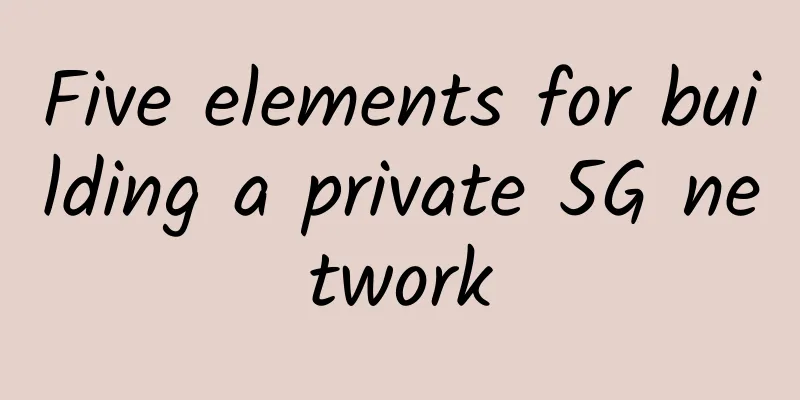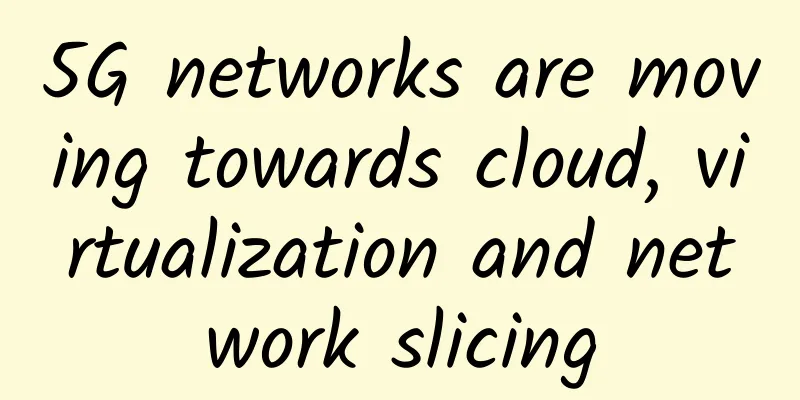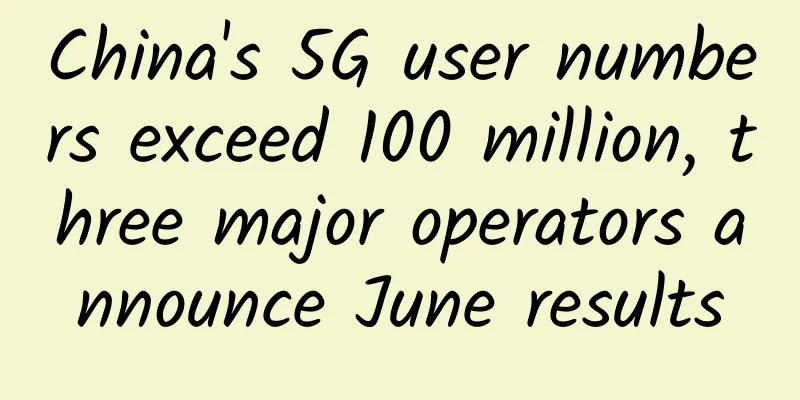The "Six Mountains" that Block Operator Innovation
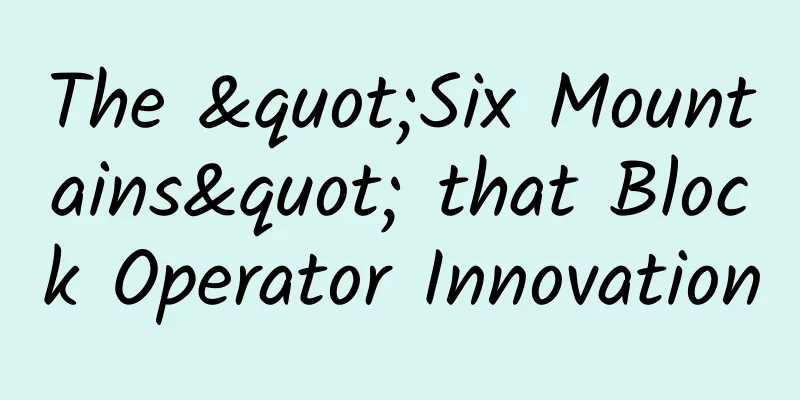
|
The recent discussion about the advanced construction of 5G networks has raised the topic of operator innovation. Although innovation is an old topic for operators, it is also a pain point and risk point that operators have been unable to solve for a long time. After entering the challenge zone from the comfort zone, operators as a whole face the impact and pressure of cross-industry penetration and Internet enterprise substitution, and urgently need to gain sustainable development capabilities through innovation. To solve the innovation problem, operators must break these obstacles.
1. People’s problems cannot be solved with money alone From the perspective of the personnel level of operators, the vast majority are employees at prefecture-level cities and county-level cities, and most of these employees are in production positions. Although it is not possible to directly identify production employees as having insufficient innovation space, their main responsibilities are construction, sales, and maintenance, so it is possible to carry out job innovation, but it is still far from technological innovation. Although operators have also realized the importance of technological innovation, on the one hand, they encourage all employees to innovate (which is a bit of a embellishment), and on the other hand, they expand the scale of recruitment of new technology talents. In terms of remuneration, operators have also begun to try market-based remuneration for emerging technology talents, exploring solutions to the problems of personnel ratio and remuneration. Senior leaders of operators often visit and learn from Internet companies such as BATJ, Huawei, and Xiaomi. During the study tours, have you ever discussed how to create a space suitable for innovators to do business? Operators have tapped a lot of high-tech talents from outside, but why can't they give off the light and heat they deserve? Although operators are very close to Internet companies, they still have the thinking of old state-owned enterprises at heart, especially their leaders. They still have every bit of leadership authority and bureaucratic style. Even if the leader is obviously wrong, they must still implement it resolutely. A higher-ranking official can crush a person, and this is exactly the same in operators. 2. Strictly prevent internal blood transfusion from turning into greedy blood sucking Judging from the organizational structure of the three major operators, they all follow the idea of professional companies focusing on construction and provincial and municipal companies focusing on operations, distinguishing between technical routes and production routes. Although this idea avoids the problem of internal duplication of investment in provincial and municipal companies, it also creates the problem of "two skins" in construction and operations. In the current era of mobile Internet, in the field of content, the innovation of operators lags far behind that of Internet companies represented by BATJ, which objectively leads to the problem of "two skins" between professional companies and provincial and municipal companies. Compared with the operators' own content, the majority of users prefer BATJ's, which is an objective market demand. Under the strict assessment of revenue and profit, provincial and municipal companies are more willing to make quick money, and are unwilling to promote or will not actively promote businesses that are not recognized by the market. After all, promoting business itself is a process of consuming resources and costs. There is even a discussion within the operator that "professional companies only suck blood from provincial and municipal companies." After all, apart from the promotion of provincial and municipal companies, professional company products cannot be automatically socialized. 3. Innovative companies also play with bureaucratic structures Objectively speaking, technological innovation itself requires huge resources and cost investment. If the results of innovation cannot bring effective income, then if innovation is only supported by investment or internal transfusions, then there will be many problems with this innovation itself. After all, the results of innovation have not been recognized by the market. For professional companies, in addition to the fact that their products are out of the market, the biggest problem currently lies in the wrong organizational structure. Professional companies are happy to learn from provincial and municipal companies to establish a hierarchical organizational structure, set up a large number of second- and third-level institutions, and set up a large number of administrative leaders and director positions. This actually consumes a lot of labor costs. Although professional companies have learned the high-salary model of Internet companies, they have not learned the organizational structure of Internet companies. In a sense, it can be said that the leaders of professional companies have a tendency to seek personal gain by setting up multi-level leadership positions. At least there is a sign of "the son sells the father's land without feeling sorry". 4. Technical people cannot beat administrative people In recent years, operators have paid great attention to poaching people from outside with high salaries. In addition to receiving high salaries and high positions, these poached talents quickly adapted to or were conquered by the original atmosphere of the operators and became administrative cadres who were separated from the technical route. It is easier and more profitable for them to do scientific research with their heads down and to gain experience and get promoted with their heads up than to do so. As early as ten years ago, operators called for the trial implementation of the "Big H" talent system and the establishment of a dual-track operation model of administration and technology. Unfortunately, this once popular term has not yet taken off in operators. What is the reason? The reason is actually very simple. Leaders are still unwilling to give money to employees who focus on technology. Paying too much attention to levels is a common problem among operators and state-owned enterprises. Without corresponding administrative levels, employees are just employees, and no matter how high their positions are, they are still treated like employees. Even a county company manager (equivalent to a section-level cadre) in an operator receives higher pay than mid- and senior-level R&D personnel in a research institute. 5. Be wary of new shell companies Operators have invested huge resources in promoting innovation, but they must be vigilant against the problem of "OEM" innovation. Although we cannot be sure which professional companies are playing the "OEM" game in the name of innovation, such operations require the top management of operators to be vigilant. The "Hanxin chip" scandal in the past is a typical example of OEM innovation. At present, there are many innovations in the name of intelligence +. The three major operators have established various professional companies in the name of intelligence research and development. What are the differences between the products of these companies and those of other Internet or technology companies, or which of them are the results of their own innovation, this question is worth thinking about by the top management of operators. Driven by both national strategies and the development of enterprises themselves, operators have indeed realized the importance of innovation. However, are the professional companies or innovation teams they have established playing a duet, directly handing over the funds and projects transfused from within to third parties, while they themselves only act as middlemen? Is there such a "OEM"? 6. Innovation involves not only technology but also models As we enter the 4G era, especially after 2016, operators have been promoting big video + big traffic operations. In fact, it was during this period that long and short video applications represented by Douyin, Xigua, and Huoshan entered a period of explosive growth. Didn’t the management of operators realize the explosion of long and short videos? Operators have many senior executives with technical backgrounds and keen business experts. Although 4G network capabilities have long consolidated network capabilities for the explosion of long and short videos, why has the arrival of big videos + big traffic not promoted the formation of the necessary innovative applications? Internet companies such as Toutiao have gained the potential to surpass Baidu through algorithm innovation. Why have operators failed to make good use of the big data in their hands for corresponding development? Is it due to legal restrictions, policy restrictions or limitations in thinking? If this problem cannot be solved, it will be difficult for operators to achieve significant results in innovation. After WeChat overthrew Fetion, Toutiao will most likely overthrow a certain Internet star company. As the content moat becomes deeper and wider, operators need to innovate not only by finding new ways, but also by breaking through the inherent institutional barriers, so that they can overtake others. |
<<: The pain of 5G mobile phone "weight loss": What is the difficulty in lightweight design?
>>: 5G is not yet popular, so why are 4G phones now starting to have their speed limited?
Recommend
How do Huawei, ZTE and the three major operators plan for 5G?
What is 5G? 5G is the fifth generation of mobile ...
RAKsmart server flash sale starts from $30/month, 1Gbps unlimited traffic server starts from $99/month
Continuing to share RAKsmart's April promotio...
RackNerd: New Year 2024 series starting at $10.99/year, multiple data centers in Los Angeles, San Jose, etc.
RackNerd New Year 2024 packages are divided into ...
This article tells you how to implement IP location function
In web development and network applications, impl...
More than just 1G more than 4G, what are the obstacles for 5G commercial use?
Although there is still a long way to go before 5...
The most worth buying mobile phone in the world, British media: Huawei P20 Pro!
Recently, Stuff, a well-known British technology ...
How to calculate and reduce fiber losses in your network?
Fiber optic networks have become popular over the...
How to design a distributed ID generator?
Hello everyone, I am Brother Shu. In complex dist...
How will future 6G networks cope with the demand for mobile data?
Ian Wong, director of RF and wireless architectur...
Building the future: How ICT can help develop livable cities
With the steady acceleration of global urbanizati...
IDC survey: Only 9% of enterprises plan to use 5G for IoT deployment
5G promises to be ten times faster than existing ...
5G will be 'revolutionary' - but security concerns remain high
Although research shows that 5G technology will b...
Easy-to-understand network protocols (TCP/IP overview)
My recent work is related to network protocols, w...
The Current State and Future of IoT Connectivity
In every sense, the Internet of Things is about c...
The first batch of 5G mobile phones are about to be launched! What is the use of 5G? Should I change the card or the phone? Finally someone has made it clear...
Hello, everyone. I am Xue Zhiqian of the technolo...
